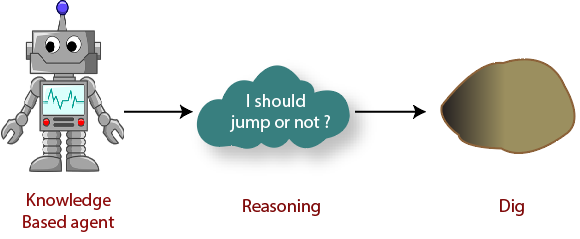

Let’s pretend that we have a robot that needs to travel from one room to another. Many AI algorithms and activities, such as planning and reasoning, are based on propositional logic. In a nutshell, propositional logic is a notational scheme in which data is represented by symbols known as “propositions.” It is possible to construct more sophisticated models by combining several of these assertions. We may use propositional logic to determine whether two propositions are equivalent. The use of logical operators like AND, OR, and NOT in propositional logic allows for the construction of more complicated statements. In logic, a proposition is a statement that can be either true or untrue. Here are definitions and descriptions of the more commonly recognized and used ones in AI. Different kinds of representations, each with its own specialization, may coexist in the same system. Some representations, like a list of ideas, are static, while others evolve through time, like datalog programs that describe how to update the representation as new information becomes available. Methods such as propositional logic, first-order predicate logic, rules systems (such as production rules or forward chaining), default logics, description logics, frame-based systems, and case-based reasoning are all widely used.

No ideal form of knowledge representation exists that applies in all contexts.

The goal is to make it possible for a computer to draw logical conclusions from a set of facts or hypotheses. Usually, this means creating formal models of concepts and how they relate to each other. In artificial intelligence (AI), knowledge representation is the process of encoding information about the world into a form that computers can use to solve problems.


 0 kommentar(er)
0 kommentar(er)
